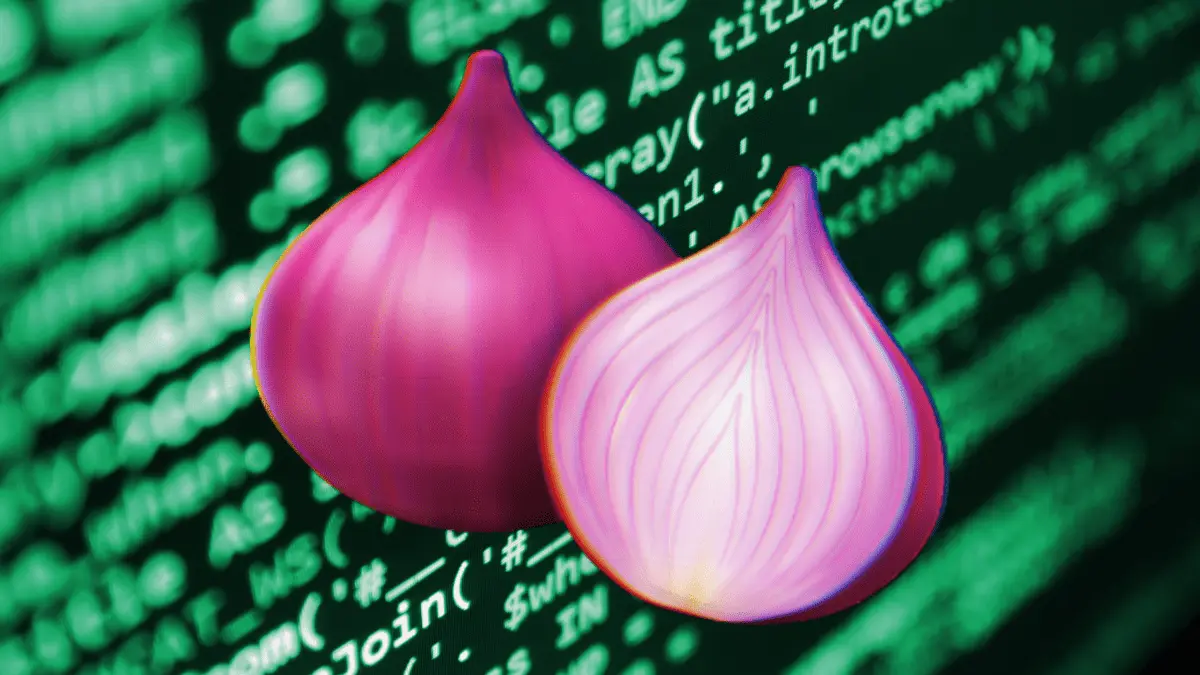I switched full time to Linux about 3 months ago, I had been wanting to for a long time since I prefer dev work on Linux and generally hate Windows.
Gaming is nearly as easy on Linux as on windows, especially through steam imo. Almost all games will work right out of the box, just set steam to use proton for any non linux-natve games and it does it. The only game I've had an issue with is cyberpunk 2077, and that was fixed with a few minutes of googling, then pasting a launch config into the settings, now it runs perfectly. One thing to watch out for, no games that use a kernal-level anticheat will work on Linux unless they specifically support it, sucky but those anticheat software makers are coming around to support it slowly.
I actually prefer installing software on Linux to doing it on Windows. Same process for finding software, just Google it and look for stuff that works on Linux. Even proprietary stuff runs natively on Linux sometimes, I personally look for free and open source software as an alternative every time and it usually is better imo. Once you find what you want, it's super easy to install. No need to deal with downloading files, clicking them to install, and all that jazz. Just open a terminal and do "yay -S {package name}" and it'll install. Also makes it very easy to install multiple things at once, especially if you already know what software you want. Cherry on top, updates aren't forced on you. You can update all of your packages with "yay -Syu", or update individual ones if you want, there's a lot of control over it, and you don't need to rely on the app to have its own update tool.
Sometimes there's windows specific software that isn't on Linux, it kind of sucks, but almost everytime I'm able to find free and open source software that's natively Linux compatible and is better than the closed source software I initially wanted. Even with windows-specific software, most things can be run with wine and work just like a native Linux app. Sometimes things don't work on wine, but basically all of them will have free and open source alternatives you can use instead, or there are workarounds that are probably easy to find.
If you wanted to do the 2 PC's you definitely can, I would recommend one PC and just add a Linux partition or hard drive, you then boot into Windows or Linux but don't need a whole new PC. You have to reboot to go between them, but you can access each systems files from the other one (can't run games, but like documents and such). If you do go with 2 PC's though, I recommend using an app called Barrier for the mouse/keyboard sharing. I use it between my PC (Linux) and my work laptop (windows) and it's great, my work laptop stays folded up and I have only one mouse and keyboard on my desk.


